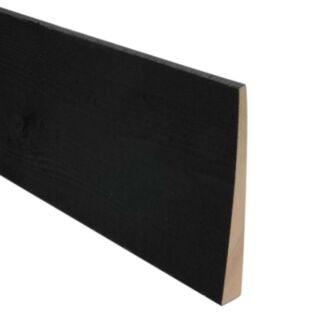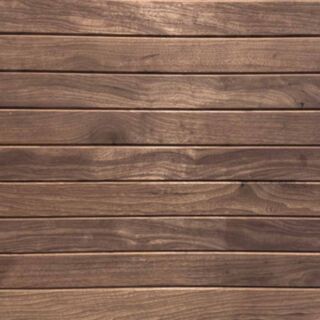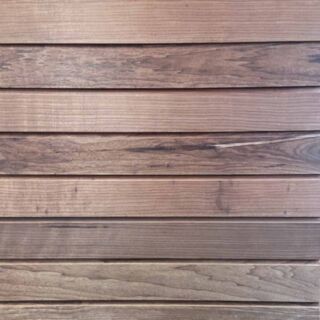Sign in to buy at your special in-branch trade prices online
- Timber & Mouldings
- Timber & Mouldings
- Planed Softwood
- Planed Softwood
- Premier Planed 12mm Nom. (8mm Fin.)
- Premier Planed 19mm Nom. (15mm Fin.)
- Premier Planed 25mm Nom. (21mm Fin.)
- Premier Planed 32mm Nom. (27mm Fin.)
- Premier Planed 38mm Nom. (33mm Fin.)
- Premier Planed 50mm Nom. (44mm Fin.)
- Premier Planed 75mm Nom. (68mm Fin.)
- Premier Planed 100mm Nom. (91mm Fin.)
- Douglas Fir
- Planed Cedar
- Southern Yellow Pine
- Budget Softwood
- Stripwood
- Planed Oak
- Planed Meranti & Sapele
- Treated Timber Roof Batten
- Treated Timber and C24 Joists
- CLS Timber and Studwork
- Cladding
- Mouldings
- Cheshire Wall Panel Kits
- Sheet Materials & Insulation
- MDF
- Decking & Landscaping
- Fencing Supplies
- Timber Flooring
- Timber Flooring
- Solid Pine Flooring
- Solid Hardwood Flooring
- Engineered Oak Flooring
- Engineered Pine & Walnut Flooring
- Composite Moisture Resistant Flooring
- Composite Waterproof Flooring
- Laminate Timber Flooring
- Vinyl Flooring
- Thresholds, Scotias & Quadrants
- Flooring Underlay
- Flooring Installation and Protection
- Flooring Oils and Varnishes
- Timber Doors
- Timber Doors
- Veneered Oak Doors
- Veneered Walnut Doors
- Veneered Flush Doors
- White Doors
- Laminate Doors
- Painted Doors
- Solid Oak Doors
- Flush for Paint Internal Doors
- Flush for Paint External Doors
- Softwood Boarded External Doors
- Wooden Door Frames and Linings
- Pocket Door Systems
- Door Hinges, Catches & Locks
- Door Handles, Knobs & Furniture
- Stairparts & VELUX Windows
- Fixings, Adhesives & Sealants
- Fixings, Adhesives & Sealants
- General Purpose Screws
- General Purpose Screws
- General Purpose Woodscrews
- Drywall Screws
- Self Drilling Drywall Screws
- Spax MDF Screws
- Small Handy Packs of Screws
- Coach Screws
- Exterior Coach and Landscape Screws
- Stainless Steel Screws
- Screw Cups & Covers
- Brass Screws
- Self Tapping Screws
- Self Drilling Screws
- Chrome Plated Screws
- TimberLok & LedgerLok Screws
- Flooring Screws
- Screw Hooks
- Decking, Fencing & Landscaping Fixings
- Adhesives
- Joist Hangers & Straps
- Cladding Screws
- Fixing Plugs
- Nails
- Panel & Veneer pins
- Fillers
- Sealants
- Bolts, Nuts, Washers
- Damp Proof Membranes
- Ironmongery & Hardware
- Ironmongery & Hardware
- Door Furniture
- Door Ironmongery
- Gate Ironmongery
- Door Bolts
- Door Catches
- Drawer Runners
- Kitchen Hinges
- Butt, Flush & Cranked Hinges
- Sliding Door Tracks and Furniture
- Window Ironmongery
- Kitchen & Cabinet Knobs
- Kitchen & Cabinet Handles
- Access Panels
- Angle Brackets, Plates & Braces
- Locks & Padlocks
- Wall Mounted Shelving Systems
- Hanging Rails
- Aluminium & Plastic PVC Angles
- Shims & Packers
- Bathroom Furniture
- Castors
- Furniture Fixings
- Hooks
- Kick Plates
- Timber Pellets
- Air Vents
- Worktop Trims & Edging Strips
- Chains & Brackets
- Tools & Workwear
- Tools & Workwear
- Hand Tools
- Power Tools
- Power Tool Accessories
- Power Tool Accessories
- Screwdriver Bits
- Drill Bits For Metal
- Drill Bits For Masonry
- Drill Bits For Wood
- SDS Drill Bits
- Multi Tool Blades
- Jigsaw Blades
- Circular & Cross Cut Saw Blades
- Reciprocating Saw Blades
- Hole Saws
- Grinding & Cutting Discs
- Wood Router Bits & Jigs
- Wood Planer Blades
- Biscuit Jointing and Dowels
- Sanding Sheets, Belts & Rotary Discs
- Protective Clothing & Tool Storage
- Paints & Finishes
- Special Offers


















